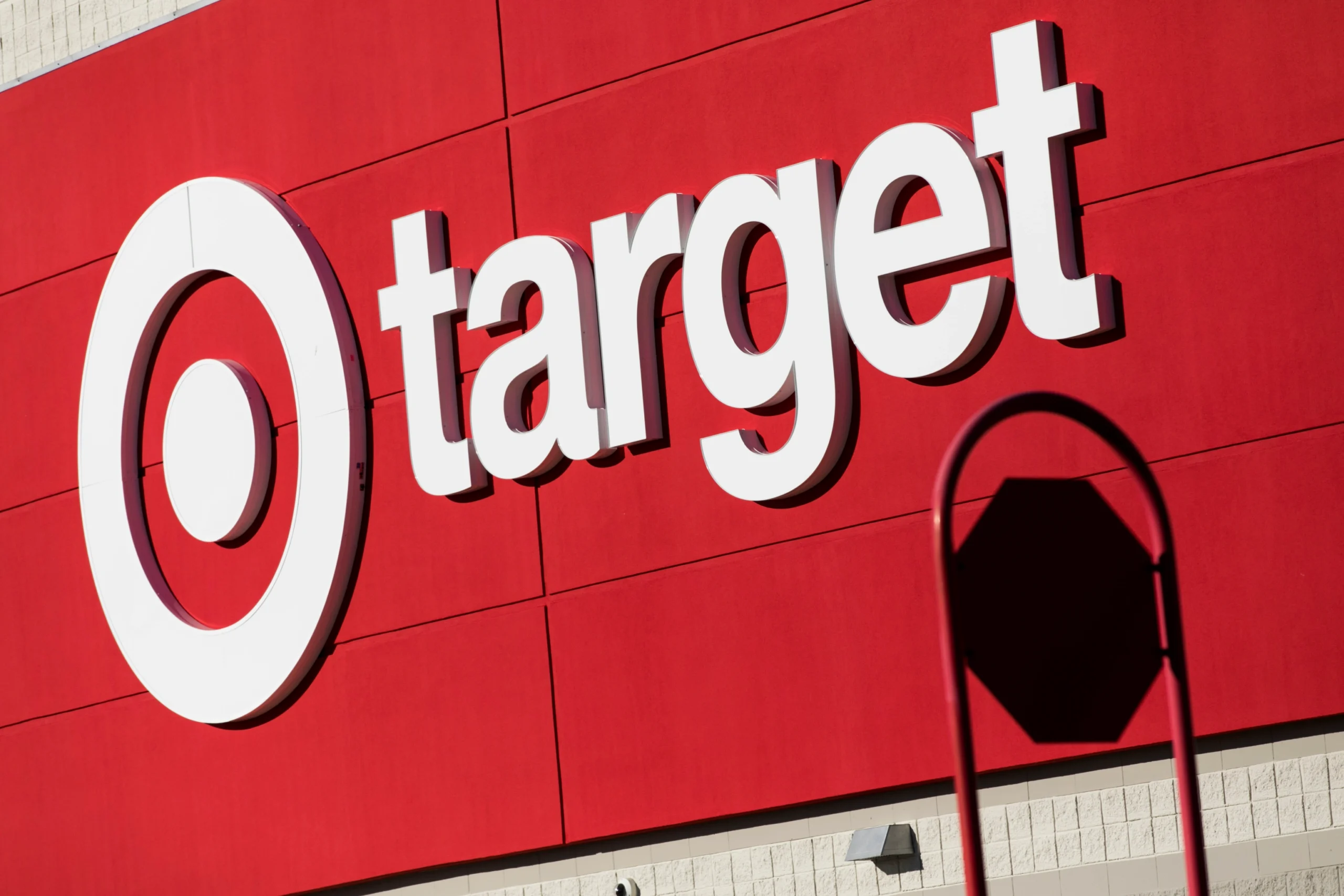Dreaming of getting your product into major retailers like Walmart, Best Buy, or Home Depot? You’re not alone. Thousands of brands every year try to land shelf space with big-box stores—but only a small percentage actually succeed.
So what separates the winners from the rest? Let’s explore how to sell your product to large retailers—and what mistakes to avoid along the way.
Why Retailers Reject Products
Before you can sell to large retailers, you need to understand why so many companies get rejected. Some of the most common reasons include:
- No proven sales history – Retail buyers don’t want to take risks on untested products.
- Weak sales presentations – Failing to prepare for a buyer meeting wastes their time and kills your chances.
- Poor packaging – Packaging is your “silent salesperson.” If it doesn’t clearly communicate your product’s value, you’ll never make it to the shelf.
- Incorrect pricing strategy – Overestimating or underestimating pricing can make your offer unappealing to both the retailer and the end customer.
Avoiding these pitfalls is the first step toward landing a deal with a big retailer.
1. Preparing Your Product for Retail Shelves
Before you even pitch to a buyer, make sure your product is retail-ready. Big retailers have strict standards for safety, compliance, and presentation.
Ensure Compliance and Quality
Your product must meet industry regulations, certifications, and safety standards for your category. This includes proper labeling, ingredient lists (if applicable), and warnings.
Design Professional Packaging
Packaging is the first thing buyers and consumers notice. Invest in professional design that’s both attractive and informative. Your packaging should make it crystal clear what your product does and who it’s for.
Set Competitive Pricing
Research your competitors’ pricing strategies and determine your margins before approaching a retailer. Large retailers often expect lower wholesale costs—but in return, they can deliver massive sales volume.
2. Building a Strong Retail Pitch
Your product pitch can make or break your retail opportunity. Here’s how to craft one that stands out.
Start With a Clear Elevator Pitch
In 30 seconds or less, describe your unique selling proposition (USP)—what makes your product different and why it matters.
Tailor Your Pitch to the Retailer
Each retailer has a distinct customer base and brand identity. Customize your presentation to show how your product fits into their assortment and appeals to their shoppers.
Prove Market Demand
Back up your claims with data—sales figures, customer testimonials, and market research that demonstrate there’s already demand for your product.
3. Approaching Large Retailers
Breaking into large retail is all about persistence and smart networking.
- Research key buyers and decision-makers – Personalize your outreach and show that you’ve done your homework.
- Attend trade shows and industry events – Many retail partnerships start face-to-face at these events.
- Leverage existing connections – Ask current suppliers or partners for introductions to retail buyers. Warm leads are far more effective than cold calls.
4. Pitching Your Product to Retail Buyers
When you finally land a meeting, presentation is everything.
- Bring a professional product deck with visuals, data, and samples.
- Anticipate buyer questions—pricing, inventory, fulfillment, and marketing support.
- Follow up after the meeting with a thank-you note and updates on your progress. Building long-term relationships is key.
5. Meeting Retailer Expectations
Getting your product on store shelves is only half the battle—you must also meet the retailer’s operational standards.
Fulfillment and Inventory
Retailers expect on-time deliveries, accurate orders, and reliable inventory levels. Use inventory management systems to stay organized.
Contracts and Payment Terms
Read every agreement carefully. Understand the payment schedules, return policies, and potential penalties before signing.
Packaging and Labeling Standards
Each retailer has unique packaging requirements. Double-check that your products meet their guidelines to avoid costly rework or delays.
6. Staying Compliant and Building Trust
Maintaining a successful partnership means staying compliant and transparent.
- Follow each retailer’s specific compliance guidelines.
- Develop a recall plan in case of product safety issues.
- Keep detailed records and maintain open communication with your retail partners.
7. Expert Tips to Get Started with Big Retailers
If you’re planning to pitch to Walmart, Best Buy, or Home Depot, here are some proven tips:
Be Honest About Your Readiness
Before contacting a buyer, ask yourself if your business is truly ready. Do you have your logistics, pricing, and fulfillment in order? Retail buyers will ask detailed questions—and you need clear, confident answers.
Get Your Pricing Right
Understand your full cost structure—manufacturing, packaging, marketing, distribution, and commissions. Large retailers often have thin profit margins for vendors, so plan accordingly.
Network Smartly
- Exhibit at trade shows – Retail buyers expect to see serious brands at industry events.
- Get featured in trade publications – Media exposure builds credibility and can attract retailer attention.
- Use distributors or manufacturer reps – If you’re new to retail, working with experienced intermediaries can help open doors faster.
Always Follow Through (AFT)
Reliability builds trust. If you promise to send samples, data, or follow-up materials—do it. Buyers remember vendors who keep their word.
Conclusion: Succeeding with Large Retailers
Selling your product to large retailers isn’t easy—but it’s achievable with the right preparation, persistence, and strategy.
Make sure your product is retail-ready, your pricing is competitive, and your pitch tells a compelling story. Build relationships, stay compliant, and always deliver on your promises.
If you’re serious about selling to Walmart, Best Buy, Home Depot, or any other major retailer—take your time, plan strategically, and avoid rushing the process.
👉 Want expert help getting into retail stores? Contact us today to learn how we help product brands grow through retail partnerships.


